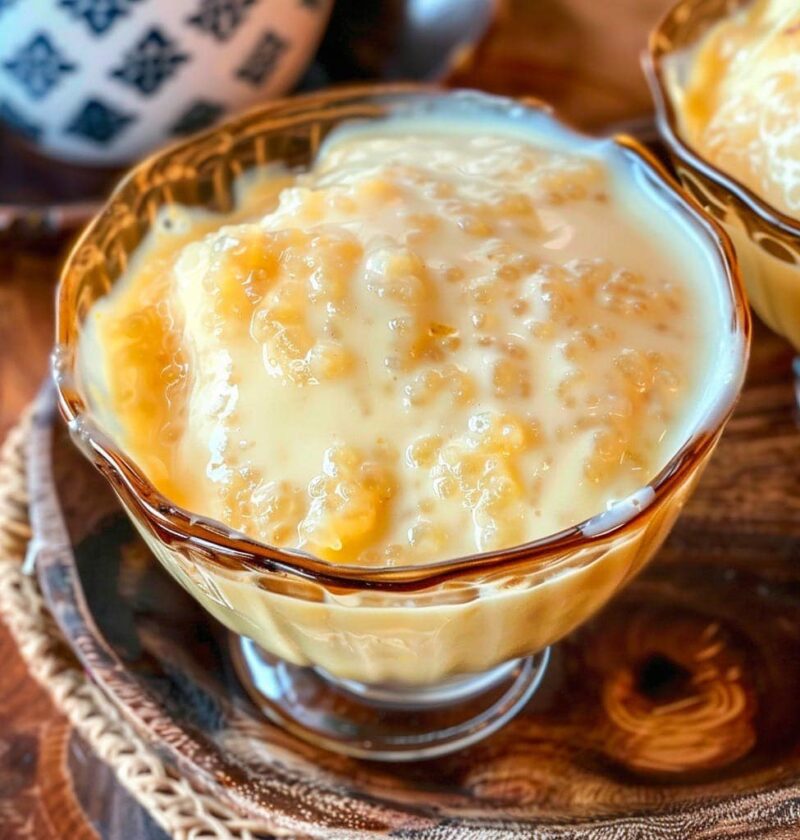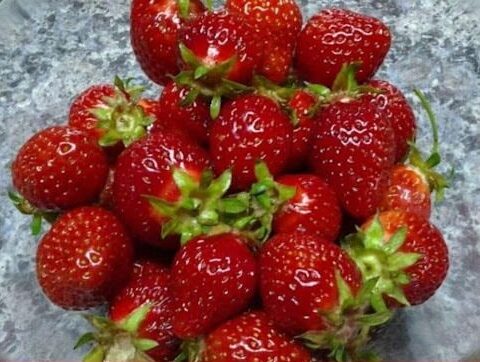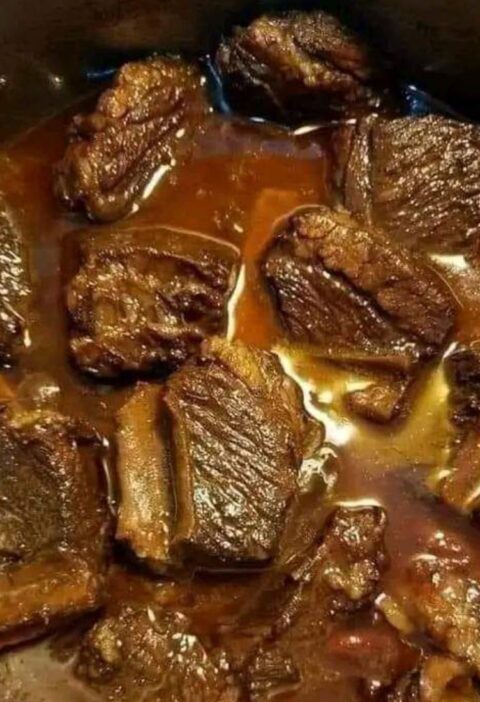Introduction
Growing up, the kitchen was often filled with the comforting aromas of my grandmother and aunts preparing their special dishes. One recipe that stands out in my memory is a beloved family favorite, passed down through generations but never officially written down.
The process was always filled with laughter, storytelling, and the kind of love that only comes from sharing a meal made with care. Each visit to their home felt like stepping into a treasure trove of culinary heritage, where the secrets of the recipe were shared verbally, creating a bond that transcended generations.
As a child, I would eagerly watch as they combined ingredients, skillfully measuring with their hands and eyes rather than precise tools. The magic of the dish lay not only in its taste but in the memories tied to its preparation. Now, as I try to recreate that cherished recipe, I realize the importance of documenting these traditions, both to preserve them for future generations and to honor the women who taught me the joy of cooking. Though I may not have the exact measurements, the essence of the dish lives on in my heart and in the memories of those joyful kitchen moments.
List of ingredients:
Amount of Ingredients
1 cup of cold water
Half a cup of small tapioca pearls.
Half a cup of white sugar
Half of a cup.
1 teaspoon of vanilla extract
2 cups of milk
1/8 teaspoon of salt
Whisked eggs 2
Directions:
Soak tapioca: In a bowl, mix cold water with tapioca pearls. Leave it in the liquid for at least 30 minutes.
Warm up the Half & Half and milk together in a pot. Warm the mixture on medium heat until it is hot but not boiling.
Include tapioca and sugar: Remove excess liquid from soaked tapioca and mix it into warm milk mixture. Mix in sugar and salt. Cook on medium heat, stirring often, until the mixture thickens and the tapioca pearls become see-through.
Prepare eggs: In a small bowl, whisk the eggs. Slowly pour a little bit of the warm tapioca mixture into the beaten eggs while stirring continuously.
Mix the eggs with the tapioca in the saucepan and stir while cooking. Cook over medium heat until it thickens more. Don’t allow it to reach boiling point.
Add vanilla extract and stir after removing from heat.
Cool and serve: Put the pudding in a bowl or separate serving dishes. Let it cool down to room temperature, then put it in the fridge for at least 2 hours before serving.
Tips
To successfully recreate a cherished family recipe that hasn’t been written down, start by gathering as much information as possible from family members. Talk to those who remember the dish well, asking about specific ingredients, techniques, and any tips they may have.
Document their insights, even if they are vague; often, the experience and intuition behind cooking are just as valuable as exact measurements. Don’t hesitate to take notes while you cook, adjusting as you go and making the recipe your own based on your taste and memory.
Experimenting is key when working with an unwritten recipe. Since you might not have exact quantities, start with basic proportions and adjust them based on your preferences and the flavors you remember.
Tasting frequently as you go can help guide your adjustments, ensuring that the dish reflects the spirit of the original while also incorporating your personal touch. Embrace the process, and don’t be afraid to make it your own—after all, the heart of family recipes lies in the love and memories they carry.
Conclusion
Recreating a beloved family dish that was never written down is a journey filled with nostalgia and discovery. It’s an opportunity to connect with your heritage while also forging your unique culinary path.
As you cook, you may find that the experience brings back cherished memories and stories, allowing you to relive those joyful moments in the kitchen with your grandmother and aunts. This journey not only honors their legacy but also enriches your own cooking repertoire.
In the end, the beauty of food lies in its ability to connect us, bridging generations through shared flavors and experiences. By documenting your attempts and variations, you can create a new version of the recipe that preserves its spirit while adding your own memories.
Whether you’re enjoying it alone or sharing it with family and friends, each bite will remind you of the love that went into its creation, ensuring that the essence of your grandmother’s kitchen continues to live on in your home.







